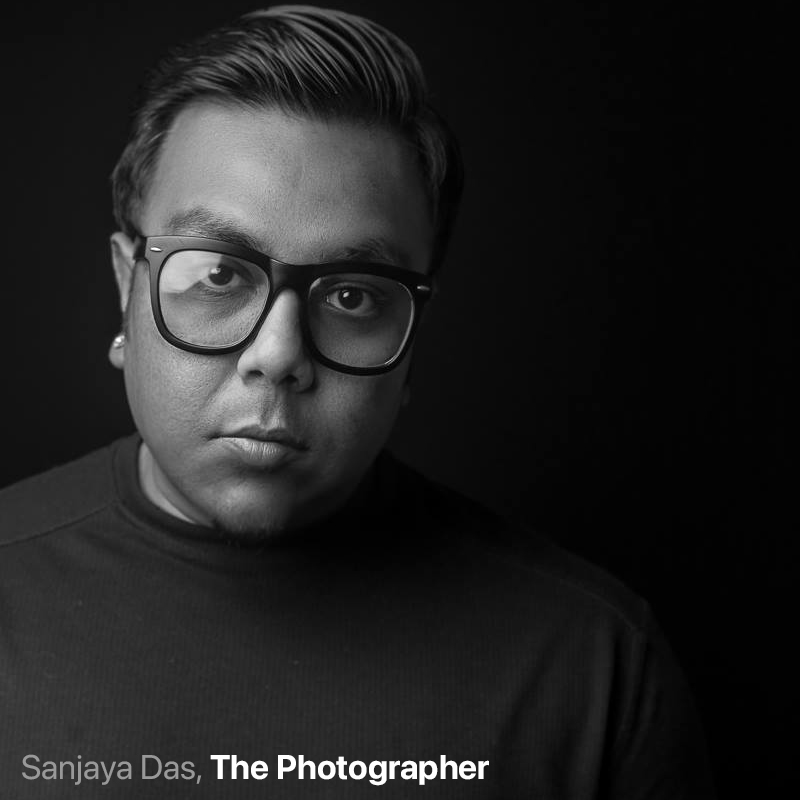My Thoughts on AI & The Future of Photography
As a photographer, the emergence of AI-generated artwork has caught my attention. It's a fascinating new medium that uses artificial intelligence to create stunning images, but it also presents a challenge to my profession. On the one hand, AI-generated artwork can help me create images that were previously impossible to achieve. I can use the program to add different effects, change focal lengths, and create photo-realistic images. This can be a powerful tool for finding inspiration and coming up with new ideas.
Recent research shows that the impact of AI-generated artwork on photography and creative pursuits is a rapidly growing area of interest. According to a report by MarketsandMarkets, the AI in the creative industry market size is expected to grow from $227 million in 2020 to $1,026 million by 2025, at a Compound Annual Growth Rate (CAGR) of 35.9% during the forecast period. This growth is driven by the increasing demand for AI-generated artwork in various creative fields, including photography, illustration, and painting.
However, as a photographer, I also have concerns about the implications of AI-generated artwork. Will it eventually replace human creativity and lead to a world where machines create all forms of art? Some argue that AI-generated artwork lacks the soul and emotion that come from human-created artwork, and that it may ultimately devalue the art industry.
One study by the University of California, Berkeley, found that AI-generated images are becoming increasingly difficult to distinguish from those created by humans. The study's participants were shown a series of images and asked to identify which were created by humans and which were created by AI. The results showed that participants were only able to correctly identify the creator of the image 52.1% of the time, which is only slightly better than random guessing.
Despite these concerns, I believe that AI-generated artwork has the potential to revolutionize the art industry and provide new opportunities for creative expression. As photographers, we must embrace this new technology and find ways to incorporate it into our work while preserving the essence of what makes our art unique and meaningful.
10 most popular applications that use AI to edit and enhance photography:
- Adobe Photoshop: Adobe Photoshop is a popular photo editing software that uses AI to enhance images with features such as auto-correction, color grading, and noise reduction.
- Skylum Luminar: Skylum Luminar is a photo editing software that uses AI to enhance images with features such as AI sky replacement, AI structure enhancement, and AI portrait enhancement.
- DxO PhotoLab: DxO PhotoLab is a photo editing software that uses AI to enhance images with features such as Smart Lighting, ClearView Plus, and DxO DeepPRIME.
- Topaz Labs: Topaz Labs is a collection of plugins that use AI to enhance images with features such as AI Clear, AI Gigapixel, and AI Sharpen.
- ON1 Photo RAW: ON1 Photo RAW is a photo editing software that uses AI to enhance images with features such as AI Match, AI Auto Tone, and AI Quick Mask.
- Adobe Lightroom: Adobe Lightroom is a photo editing software that uses AI to enhance images with features such as auto-correction, color grading, and noise reduction.
- Google Photos: Google Photos is a photo storage and sharing platform that uses AI to enhance images with features such as auto-enhance, color correction, and image stabilization.
- Photolemur: Photolemur is a photo editing software that uses AI to enhance images with features such as auto-correction, color grading, and noise reduction.
- Fotor: Fotor is a photo editing software that uses AI to enhance images with features such as beauty retouching, background removal, and HDR.
- Pixelmator Pro: Pixelmator Pro is a photo editing software that uses AI to enhance images with features such as ML Super Resolution, ML Enhance, and ML Color Adjust.
FAQ
What is AI-generated artwork, and how can it benefit photographers?
AI-generated artwork uses artificial intelligence to create images that were previously impossible to achieve. It can benefit photographers by providing new tools for adding effects and creating photorealistic images.
How is the market for AI-generated artwork expected to grow in the creative industry?
The market for AI-generated artwork in the creative industry is expected to grow rapidly, from $227 million in 2020 to $1,026 million by 2025, at a CAGR of 35.9%.
What are the concerns of photographers regarding the implications of AI-generated artwork?
Photographers are concerned that AI-generated artwork may replace human creativity, lack soul and emotion, and devalue the art industry.
How difficult is it for humans to distinguish between AI-generated and human-created artwork?
Humans find it increasingly difficult to distinguish between AI-generated and human-created artwork, with a study showing a correct identification rate of only 52.1%.
How can photographers embrace AI-generated artwork while preserving the essence of their unique and meaningful art
Photographers can incorporate AI-generated artwork into their work by using it for inspiration or incorporating AI-generated elements while preserving their own style and creativity. They must remain open to new technologies while maintaining the essence of their art.






